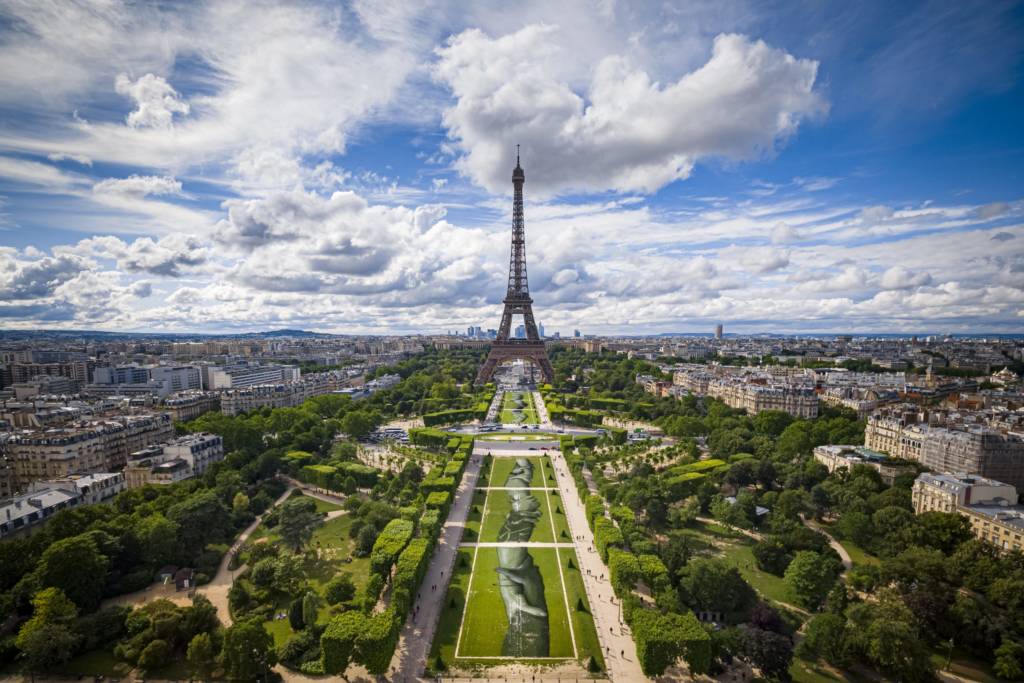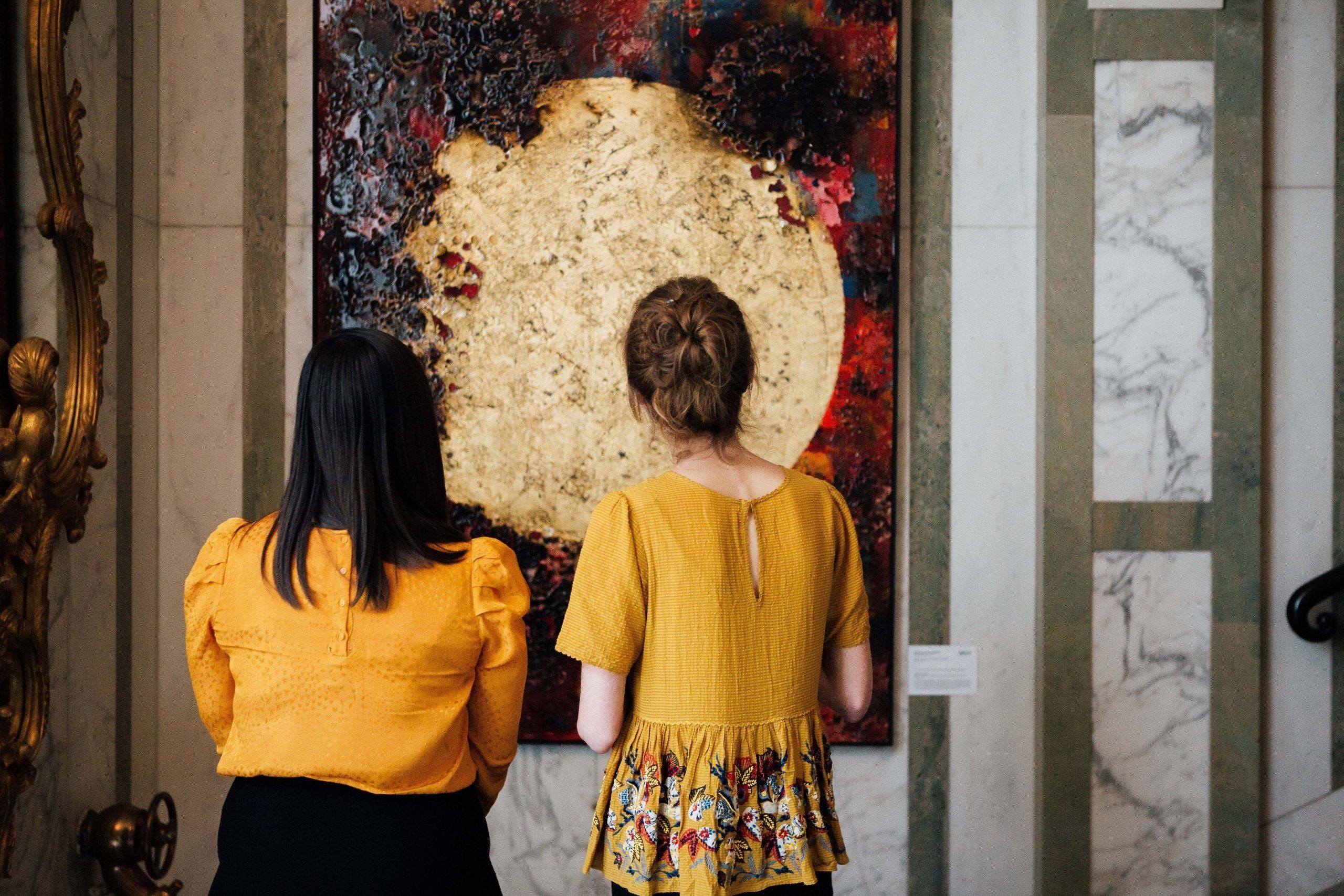How to invest in artists successfully
by Charlotte Fletcher
If you decided to invest in art, where would you start?
You might begin by walking into a gallery in search of an expert, or you might go online to gain an understanding of the kind of works that are appreciating in value. But for all your research, art is often still seen as an emotional investment, driven by aesthetics rather than being motivated by a clear strategy for securing a financial return.
That said, it is a well acknowledged fact that pieces by Turner, Monet, or Da Vinci fetch millions at auction, and to have a piece by a master, or even a more modern, renowned artist is a safe investment that will steadily grow in value. This entry point of the market is, however, almost completely inaccessible for everyday investors.
It is a widely held perception that for an artwork to be a good investment, the artist must be dead, but this is not the case. The record for a living artist has been beaten twice in recent years and the market now values the most sought-after Contemporary artists at the same levels as the confirmed ‘monuments’ of Art History[i]. Whilst Koons, Warhol, Damien Hirst and Banksy have all sold works in the millions and the growth of their value is steady, it means that if you know what to look for there are plenty of opportunities to make a profit in this thriving global market. Afterall, Banksy made his name as an underground street artist.
Which artists are good investments?
But how do you know which artists will be a good investment and hopefully return a profit? If we look to art history and the artists that continue to command the highest prices at auction centuries later, we see a trend; they are all considered trailblazers of innovation with an ability to adapt to their context. Turner pursued innovative technique and subject matter. Da Vinci was a pioneer, technologically, scientifically and artistically. Warhol confronted consumerism head-on with art.
At MTArt Agency, we have observed what makes not only a good artist, but an artist that will be a good investment. We approach investing in artists like a Venture Capitalist would a business, analysing the qualities of the artist behind the art before investing in them, especially for an early-stage investment. We want to make sure that the talent we invest in will stand up to changing markets and contexts and continue to be a success. We look for artists who are innovative in their subject matter, who use pioneering techniques, have strong visions that respond to key topics, and a clear work ethic, like so many of the prominent artists throughout art history. When we sign an artist, commercial viability is an important factor and they must demonstrate both innovative technique and vision.
The ideal scenario is to identify an artist who fits the above criteria and invest in them before their first museum show, or before they sign a deal with a major brand that will cause the value of their works to increase and their support base to rapidly expand. As with any investment, the more guesswork, the higher the risk. The most effective mitigation for this risk is through extensive research and due diligence.
Find the innovators and the record breakers.
Art is about expression and individuality, so artists with a particularly original technique will have a more powerful USP. Saype, who is signed to MTArt, has created a unique biodegradable paint, which allows him to paint pieces that are thousands of square kilometres in size, without damaging the environment. He can create works that no other artist can, which means his time is valuable. Saype also has a strong narrative focusing on sustainability, equality and collaboration that is present throughout his work, and responds to relevant key topics, making his personal brand recognisable. He is highly attractive for public art projects, especially for commissions that require vast scale, and to brands who want to push a similar message. It is always worth looking out for artists who are producing work through technology and other innovative media, pushing boundaries as they do so.

Obvious is a perfect example of this. A collective of three artists who use artificial intelligence to create works of art, Obvious wish to explore, use and share the different ways machine learning algorithms can enhance our natural creativity. This innovative approach has paid off; one of the first pieces that the collective created fetched $432,500 at Christie’s NY and was the first piece of AI generated art to ever come to auction. In 2020, they made the Forbes 30 Under 30 list, ranking them among the 30 most influential personalities aged under 30 in the field of art and culture.
When thinking about artists to invest in, bear in mind that the artist will need to keep reinventing themselves to stay relevant, continue to challenge themselves to move forward, foster partnerships with brands and institutions to raise their profile, and keep creating new works to make themselves profitable. If possible, it is worth trying to get to know an artist before investing in them. Speaking to them and understanding their journey and vision will give you an idea of what their trajectory will be.

Look beyond art galleries and museums for investment opportunities in artists.
An investor needs to be creative in choosing which artist to invest in. The artworld is bigger than museums and galleries. We partner artists with brands, government bodies, hotels, airports and a wider pool of private collectors. Some of these partnerships are incredibly lucrative and lead to greater mainstream exposure than a more traditional gallery relationship might. If you want an artist who thinks outside the box, remember to think outside the box yourself as an investor and collector.
Let’s consider another artist we have worked with for several years; David Aiu Servan Schreiber. He has built up a large and loyal network of collectors with whom he has personal relationships and he has collaborated with multiple brands and organisations including Ruinart, Sofitel and Diptyque. Investors follow his career closely resulting in his work selling rapidly, which causes their value to appreciate quickly too. Brands choose to work with David because of his demonstrable track record with collaborations, his strong branding and narrative that is at the core of his work, and the extensive network of collectors that follow him. It makes sense as an investor to pay attention to artists with whom high profile brands and organisations choose to collaborate.

To invest successfully, take lessons from art history and look for the innovators, whether that innovation is in the technique, the concept or a blend of both, and the record breakers. The journey of an upcoming artist is fantastically exciting and to accompany them on that path is always worth the investment of time and money.
by Charlotte Fletcher
 Charlotte Fletcher is an Art Collector, MTArt Agency Art Ambassador, Co-founder of the Christie’s Young Collectors Club.
Charlotte Fletcher is an Art Collector, MTArt Agency Art Ambassador, Co-founder of the Christie’s Young Collectors Club.
[i] Artprice.com
